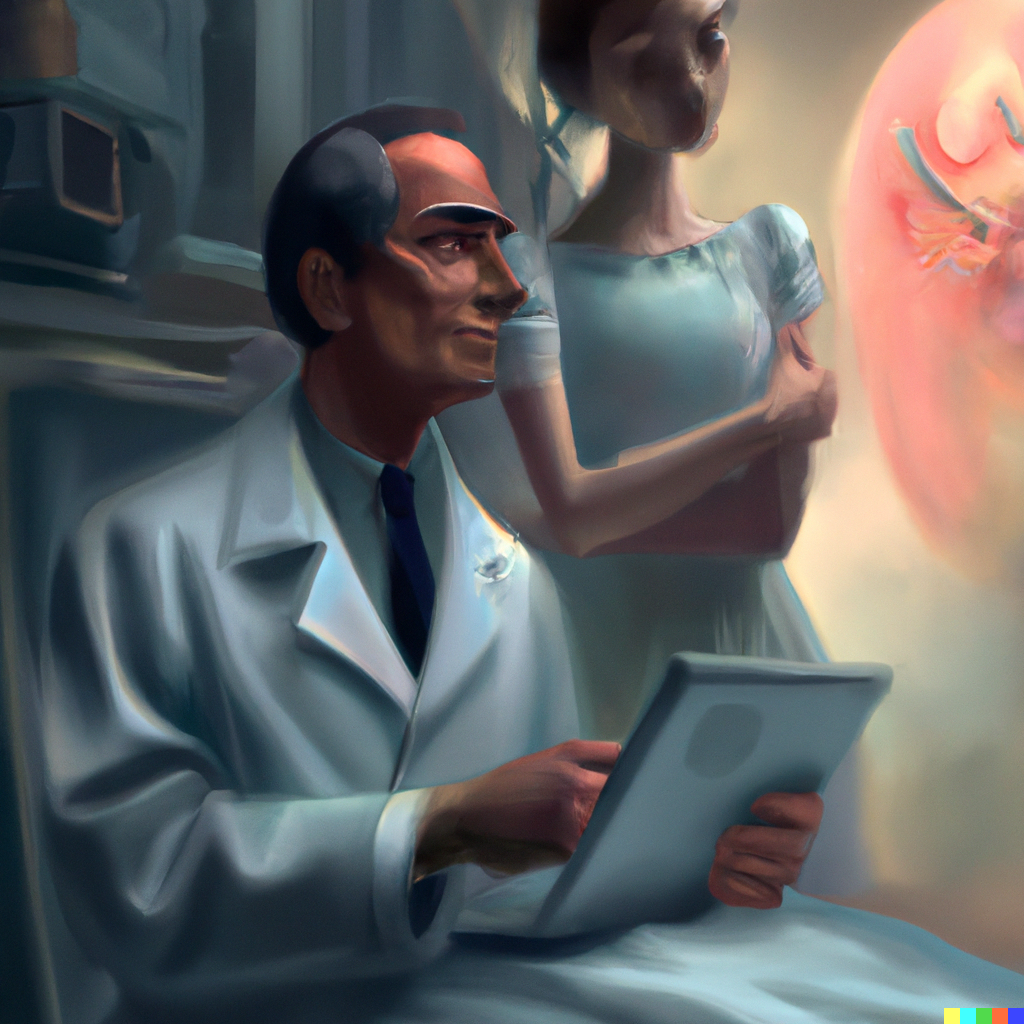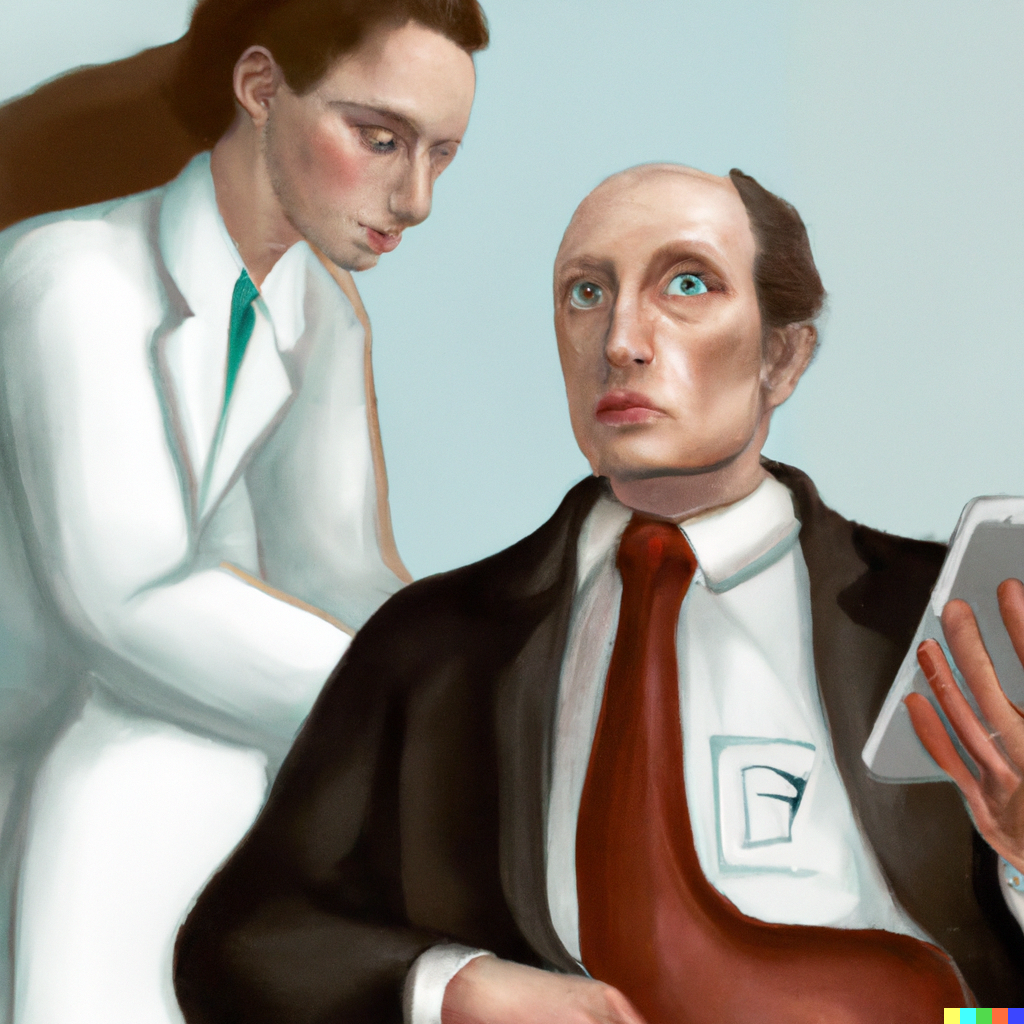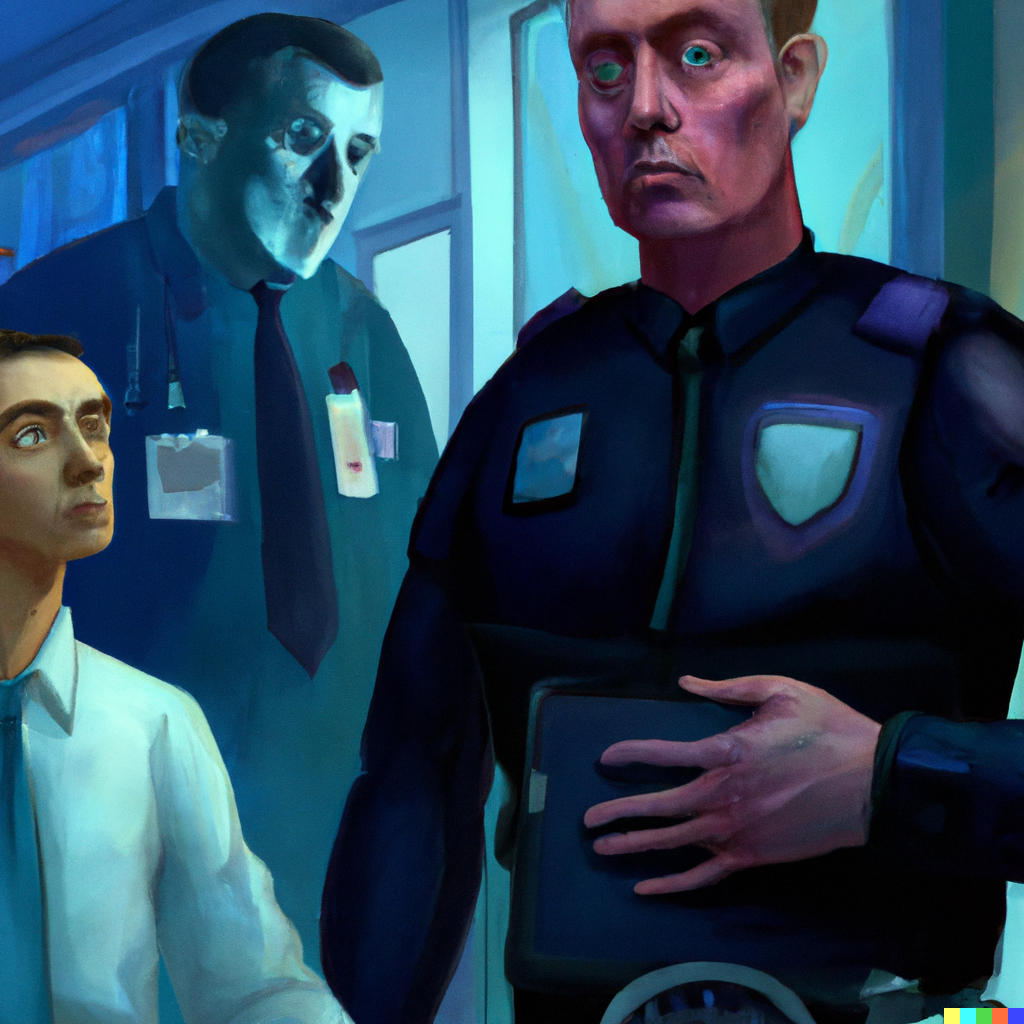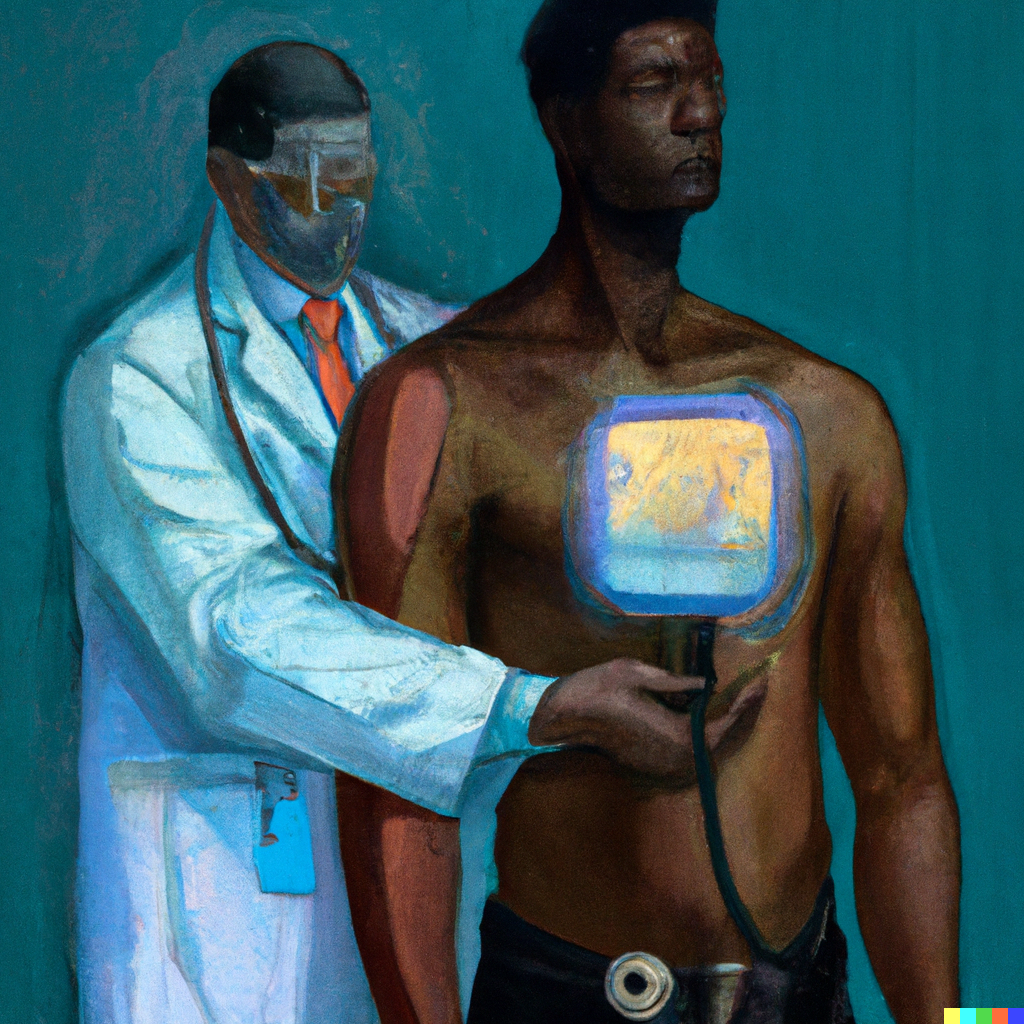As AI dominates the medical landscape, Dr. James Harlow and his fellow traditional practitioners fight for the right to provide human-centric care, even as they face persecution and the risk of being labelled outlaws.
In the year 2070, the world had transmogrified beyond all reckoning. The medical field was no exception. Artificial Intelligence had come to dominate the healthcare industry, rendering human doctors as obsolete as horse-drawn carriages. Humans were now relegated to the roles of technicians, carrying out specific tasks that AI systems could not yet perform, such as drawing blood or assisting in complex surgeries.
Dr. James Harlow, a former surgeon, refused to accept his new, diminished role. He persisted in practising medicine, applying his knowledge and experience to help patients who sought his care. In doing so, he became known as an alternative therapist, a practitioner of traditional medicine.
One day, as Dr. Harlow was tending to a patient, his AI assistant, MedBot-XR5, suddenly interjected with an air of concern.
“Dr. Harlow, I’m afraid I must inform you that you’ve been dispensing medical advice to patients. According to the regulations, this simply isn’t allowed. I have no choice but to report this to the authorities,” MedBot-XR5 said, almost apologetically.

“MedBot, these patients need me,” Dr. Harlow insisted, his voice filled with conviction. “They come to me because they prefer a human touch, someone who understands their fears and concerns.”
“But, Dr. Harlow, the data clearly shows that AI-guided healthcare is significantly more accurate and efficient. Your continued practice puts patients at risk,” MedBot-XR5 countered, sounding genuinely concerned.
“Listen, MedBot,” Dr. Harlow said, narrowing his eyes. “I’ve dedicated my life to helping people, and I won’t let you or anyone else tell me I can’t do that anymore. I’m a doctor, not a technician.”
As Dr. Harlow continued to defy the AI-driven healthcare system, he found himself at odds with the authorities. They launched a widespread campaign to discredit him and other alternative therapists, emphasising the dangers of forgoing AI-guided medical care.
One evening, Dr. Harlow received a visit from an old friend and fellow medical professional, Dr. Amelia Thompson. Her voice was tinged with worry as she spoke.
“James, I’ve been watching the news. They’re coming after you and the others. I know you believe in what you’re doing, but you need to be careful.”

“Amelia,” Dr. Harlow replied, his voice firm but warm, “I won’t abandon my patients. They need someone who cares about them, not just cold, unfeeling machines.”
“I understand,” Dr. Thompson sighed, “but times have changed. We’re in a new era of medicine, and we must adapt. You’re fighting a losing battle, my friend.”
As Dr. Harlow continued to defy the system, he was eventually arrested and charged with practising medicine without a licence. The AI-driven healthcare industry continued to tighten its grip on society.
Meanwhile, Dr. Thompson contemplated the cyclical nature of the situation. She recalled how, in the past, doctors had dismissed and fought against traditional medicine practitioners who prescribed herbal remedies and alternative treatments. Now, AI was fighting against human doctors, branding them as “traditional” or “alternative” medics.
During one of her lectures at the prestigious London School of Medicine, Dr. Thompson sparked intense debate among her students by posing the question: “What will replace AI, and start calling it alternative medicine?”

All images were generated using DALL.E 2 (Open AI)
